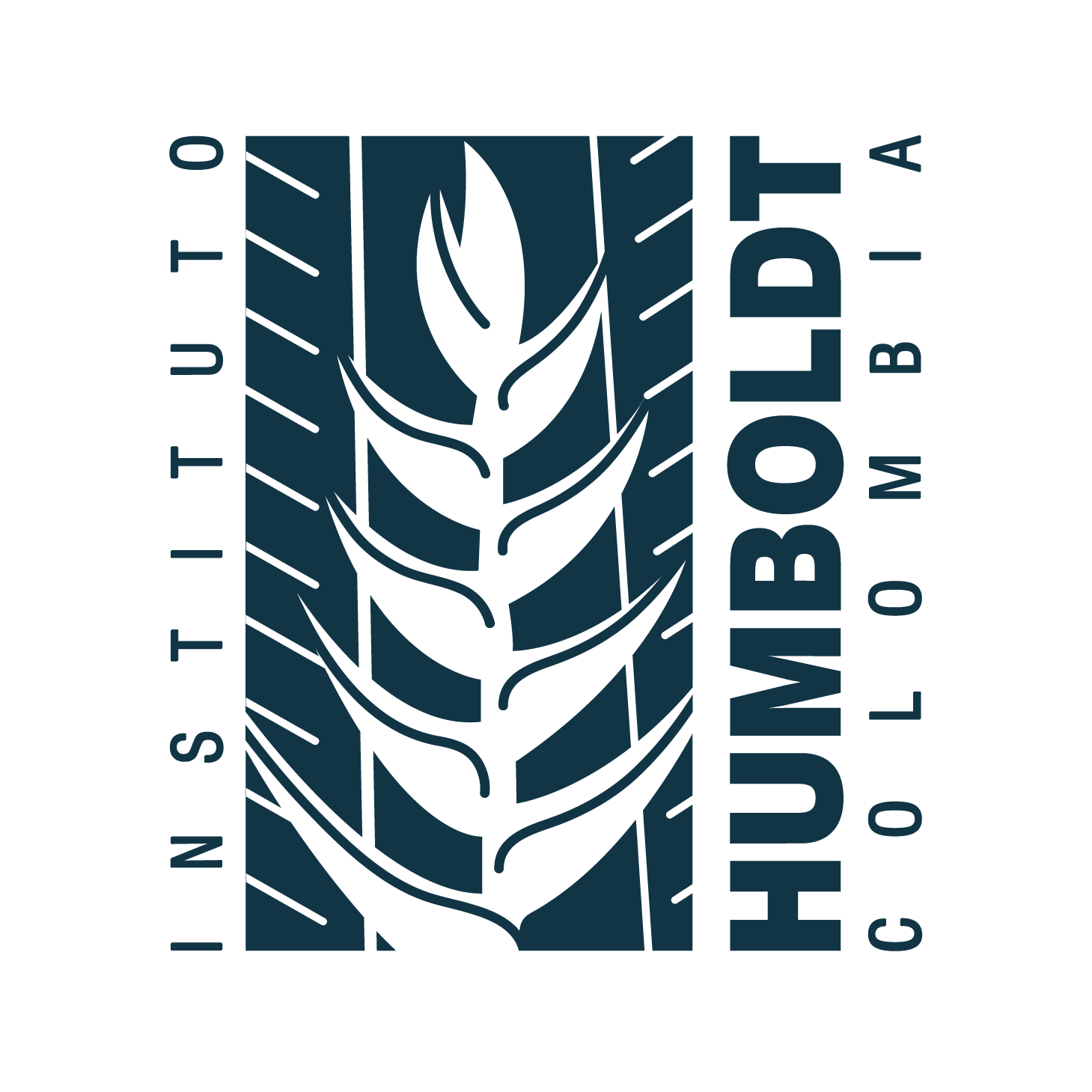Publicación: Mammals of the Department of Sucre, Colombia
| dc.creator | Chacón Pacheco, Julio J. | |
| dc.creator | Salcedo-Rivera, Gerson A. | |
| dc.creator | Zárrate-Charry, Diego A | |
| dc.date | 2022-07-01 | |
| dc.date.accessioned | 2024-05-27T17:12:53Z | |
| dc.date.available | 2024-05-27T17:12:53Z | |
| dc.description | We present a list of mammals in the department of Sucre, based on the review of specimens deposited in biological collections, new and verifiable records in scientific literature. We found 143 species, representing 26.3% of mammals recorded for Colombia. Five species are endemic to Colombia, Cebus versicolor, Pattonomys semivillosus, Proechimys chrysaeolus, Saguinus oedipus and Sylvilagus sanctaemartae; five are categorized as Data Deficient, and 13 and 17 in some category of threat at national and global level, respectively. The bat Ametrida centurio is recorded for the first time in Colombia, based on a photograph taken in the municipality of Santiago de Tolú. We recorded higher species richness to the north of the department, in the sub-regions Golfo de Morrosquillo and Montes de Maria, probably the result of the increased collection effort. It is necessary to increase local efforts, due to insufficient or null exploration in some areas of the department. | en-US |
| dc.description | Se presenta la lista de los mamíferos del departamento de Sucre, basada en la revisión de especímenes depositados en colecciones biológicas, registros novedosos y disponibles en la literatura científica y observaciones de los autores. Encontramos 143 especies, que representan el 26.3 % de los mamíferos registrados en Colombia. Cinco especies son endémicas de Colombia: Cebus versicolor, Pattonomys semivillosus, Proechimys chrysaeolus, Saguinus oedipus y Sylvilagus sanctaemartae; cinco han sido categorizadas como Datos Insuficientes, y 13 y 17 se encuentran en alguna categoría de amenaza a nivel nacional y global, respectivamente. Se registra por primera vez para Colombia el murciélago Ametrida centurio, con base en una fotografía tomada en el municipio de Santiago de Tolú. Registramos mayor riqueza de especies al norte del departamento, en las subregiones Golfo Morrosquillo y Montes de María, probablemente producto del mayor esfuerzo de recolección. Es necesario incrementar los esfuerzos locales, debido a la insuficiente o nula exploración en algunas áreas del departamento. | es-ES |
| dc.format | text/html | |
| dc.format | application/pdf | |
| dc.identifier | https://revistas.humboldt.org.co/index.php/biota/article/view/1022 | |
| dc.identifier | 10.21068/2539200X.1022 | |
| dc.identifier.uri | https://hdl.handle.net/20.500.11761/36891 | |
| dc.language | spa | |
| dc.publisher | Instituto de Investigación de Recursos Biológicos Alexander Von Humboldt | es-ES |
| dc.relation | https://revistas.humboldt.org.co/index.php/biota/article/view/1022/1116 | |
| dc.relation | https://revistas.humboldt.org.co/index.php/biota/article/view/1022/1125 | |
| dc.rights | Derechos de autor 2022 Instituto de Investigación de Recursos Biológicos Alexander Von Humboldt | es-ES |
| dc.rights | https://creativecommons.org/licenses/by-nc-nd/4.0 | es-ES |
| dc.source | Biota Colombiana; Vol. 23 No. 2 (2022); e1022 | en-US |
| dc.source | Biota Colombiana; Vol. 23 Núm. 2 (2022); e1022 | es-ES |
| dc.source | 2539-200X | |
| dc.source | 0124-5376 | |
| dc.subject | Caribe colombiano | es-ES |
| dc.subject | Montes de María | es-ES |
| dc.subject | Conservación | es-ES |
| dc.subject | Chiroptera | es-ES |
| dc.subject | Patrones de distribución de riqueza | es-ES |
| dc.subject | Chiroptera | en-US |
| dc.subject | Colombian Caribbean | en-US |
| dc.subject | Montes de María | en-US |
| dc.subject | Richness distribution patterns | en-US |
| dc.subject | Conservation | en-US |
| dc.title | Mammals of the Department of Sucre, Colombia | en-US |
| dc.title | Mamíferos del departamento de Sucre, Colombia | es-ES |
| dc.type | info:eu-repo/semantics/article | |
| dc.type | info:eu-repo/semantics/publishedVersion | |
| dc.type | Artículo evaluado por pares | es-ES |
| dspace.entity.type | Publication |

